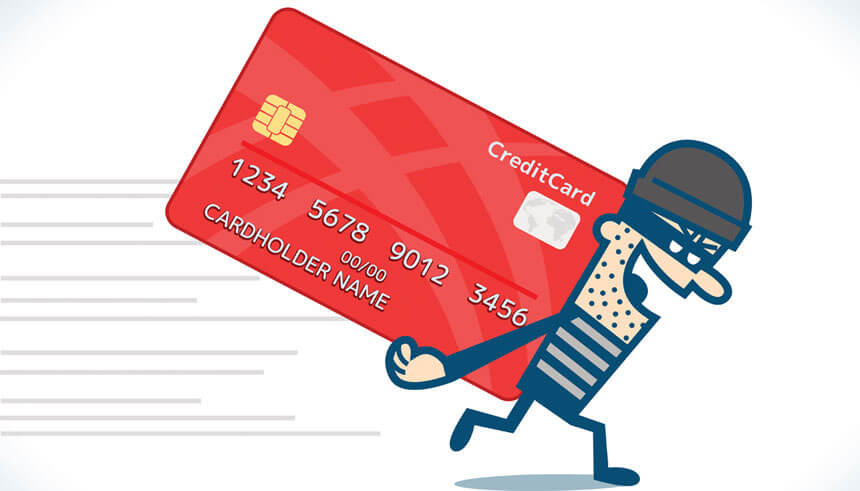
EMV chips, the small square computer chips on credit and debit cards, can help prevent credit card fraud. However, there are other steps you can take to use your card safely.
“The move to chips is designed to prevent a very specific type of fraud: counterfeit card fraud,” said Eva Velasquez, president and CEO of the ID Theft Resource Center. “It says.
Velasquez, of course, refers to the transition to EMV liability that occurred in October 2015, when the United States switched to chip-and-signature cards with EMV chips in Canada and Europe.
The introduction of EMV chips (Europay, MasterCard, non-magnetic chips) certainly helped. According to Visa Card, in December 2018, the total number of dollars stolen fraudulently decreased by 76% compared to September 2015, just before the chip was introduced. This improvement was for traders who had completed an upgrade in EMV chip technology.
Nevertheless, card theft and credit card fraud still exist, so even if you have an EMV card, it’s a good idea not to discount it. With that in mind, let’s take a look at some simple and effective ways to increase your security against fraudsters and help prevent credit card fraud.
What is Credit Card Fraud?
According to the FBI, credit card fraud refers to any instance in which personal information associated with your credit card is used without your consent to buy or receive money. These fraud charges can occur even if the identity thief steals the user’s real credit card (which may be more likely) or steals the card number online.
Tips to protect you from credit card fraud
Use safe websites and Wi-Fi
- Beware of fake online stores. Make sure the website URL matches the main company website, and check for spelling and grammatical errors or poor quality images.
- Call the customer service line. Don’t report your credit card information on a Web site if you don’t answer the phone or can’t find the number.
- Trusted sites usually have URLs that start with HTTPS, not HTTP. HTTPS provides encryption to protect your data.
- Do not use unsecured public Wi-Fi networks when shopping online, paying bills, or exchanging financial information online. If you need to use public Wi-Fi, use secure public Wi-Fi that requires your login, password, or acceptance of terms and conditions.
Actions you can take to reduce the risk of fraud
- Don’t shop on insecure sites. Make sure the website is real before you buy.
- Be aware of phishing scams aimed at requesting personal and credit card information. Don’t email your credit card information or give it out in an unsolicited phone call.
- Do not use public Wi-Fi for financial transactions.
- Review your credit report regularly. Report any fraud immediately. www.annualcreditreport .Get a free credit report from com (link is external).
- Regularly review your bank and credit card statements. Report any fraud immediately.
- Remove unnecessary documents that include your credit card number.
- If you lose your card, contact your card company immediately.
Keep your credit card and CVV numbers safe.
Skip saving your card number in your online retail account. Not only will this help you protect yourself from credit card fraud, but it’s also a smart budgeting strategy because you can’t buy just by clicking ‘Buy.
“It makes you think about your purchase,” Velasquez says.
Another key aspect of online credit card security is the value of card verification (CVV)
CVV numbers help limit fraud, and most online merchants require you to enter your CVV number along with your card number and expiration date.
But not all traders use them. If you store your credit card information with a merchant who doesn’t ask for your card’s CVV number, shopping with that merchant could jeopardize your own security.
What to do if your credit card information is stolen
If your credit card information has been stolen, you should take action quickly.
- Contact your bank and credit card company. Your first task is to cancel that credit card.
- Monitor your financial statements. Review your credit card and bank statements and report any fraud immediately.
- Check your credit report regularly. If you find that something is wrong, contact your credit report company immediately.
- Many companies have a toll-free phone number and 24-hour service to handle such emergencies. If you report a loss or theft as required by law, you will no longer be responsible for unauthorized payments.



GIPHY App Key not set. Please check settings